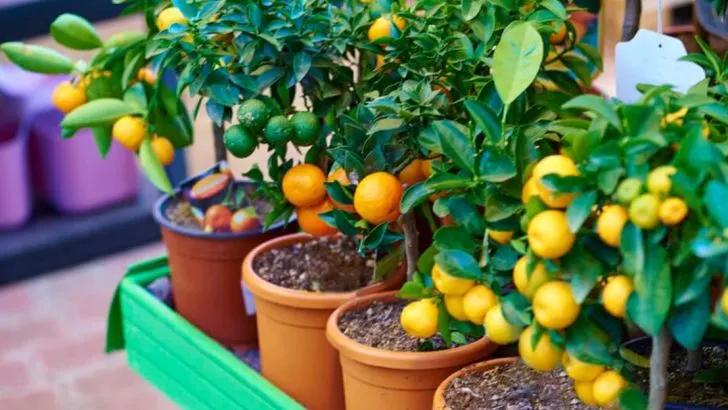Imagine stepping into your backyard and picking fresh, juicy fruit straight from your own trees. Starting a fruit orchard may seem like a big task, but with the right approach, you can create a thriving, productive orchard that provides delicious harvests for years to come. Whether you have a small yard or a larger space, there are plenty of ways to grow fruit trees suited to your climate and soil conditions.
By choosing the right fruit varieties, preparing the soil properly, and following a step-by-step planting plan, you can ensure healthy tree growth and bountiful harvests. Plus, growing your own organic fruit not only saves money but also allows you to enjoy fresh, pesticide-free produce right at home.
In this article, we’ll guide you through 12 easy steps to help you start your own backyard fruit orchard, so you can enjoy homegrown apples, peaches, cherries, and more!
Choose the Right Location
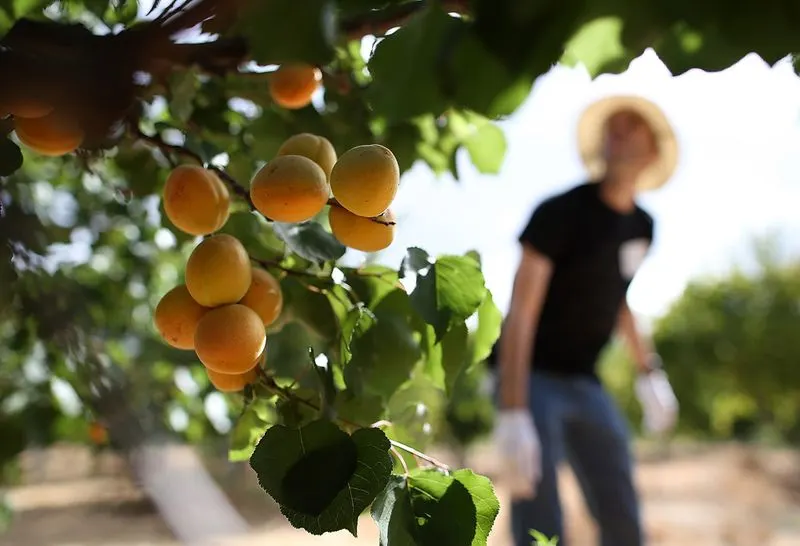
The location plays a significant role in the success of your orchard. Consider areas with ample sunlight, as most fruit trees require at least six hours of direct sunlight daily. Ensure the spot has good drainage to prevent waterlogging, which can harm roots. Avoid areas prone to strong winds, as this can damage delicate branches or uproot young trees. If your space is limited, consider dwarf or semi-dwarf fruit tree varieties that can thrive in smaller areas. Take your time observing different spots in your backyard to find the perfect balance of sunlight, shelter, and space.
Test and Prepare the Soil
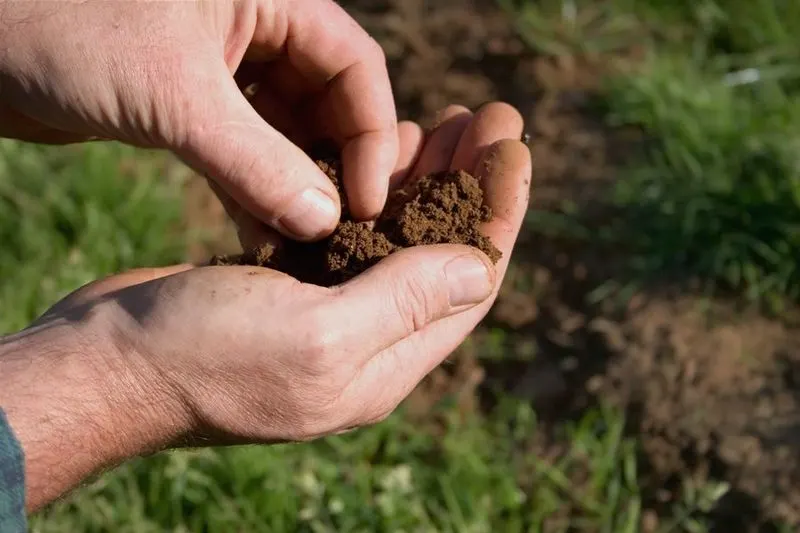
Healthy soil is the foundation of a thriving orchard. Begin by testing your soil’s pH and nutrient levels, which can be done with a home test kit or by sending samples to a local extension service. Most fruit trees flourish in slightly acidic to neutral soil, with pH levels between 6.0 and 7.0. Amend the soil by adding organic matter, such as compost or well-rotted manure, to enhance nutrient content and improve drainage. Proper preparation will ensure your young trees have the best start possible. Pay attention to any specific needs of the fruit varieties you plan to grow.
Select Suitable Fruit Trees
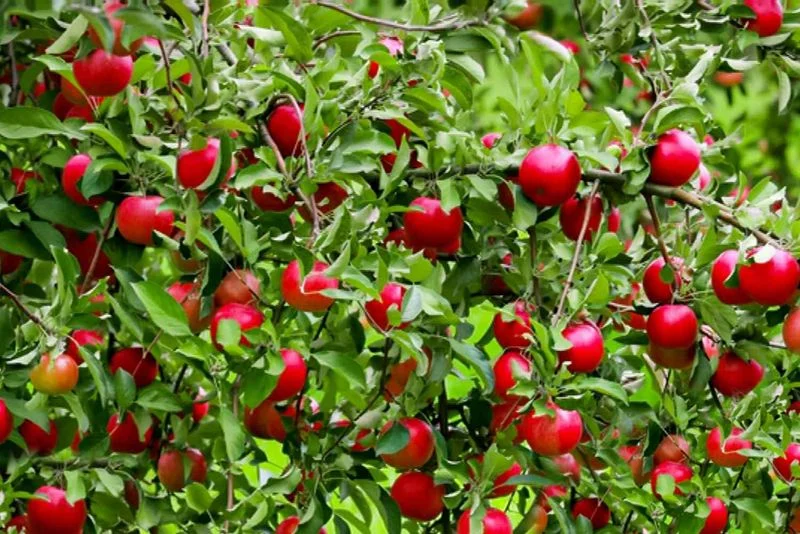
Choosing the right fruit trees involves understanding your local climate and soil conditions. Opt for trees that are well-suited to your area’s temperature range and growing season. Consider disease-resistant varieties to reduce maintenance. Common backyard options include apple, pear, and cherry trees, but exotic options like figs or persimmons can also thrive with the right conditions. Be sure to account for the available space, as some trees require more room to grow. Consulting with local nurseries can provide valuable insights into the best choices for your specific environment.
Plan Your Orchard Layout
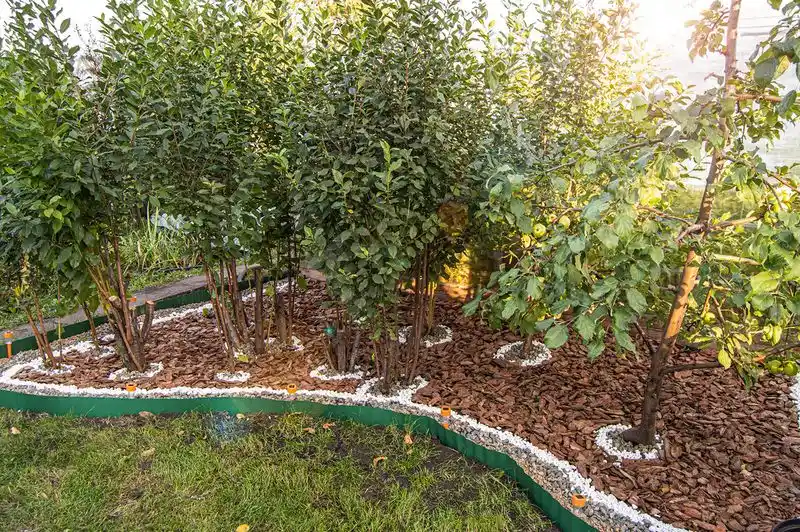
A well-thought-out layout maximizes the productivity and health of your orchard. Arrange your trees to ensure they have enough space to grow, preventing overcrowding and encouraging airflow. This reduces the risk of disease and allows sunlight to reach lower branches. Consider planting in rows or clusters, depending on your aesthetic preferences and yard shape. Incorporating paths between the trees can make maintenance and harvesting more convenient. Planning the layout before planting helps create an organized and efficient orchard that meets both your practical needs and visual desires.
Plant Your Trees Properly
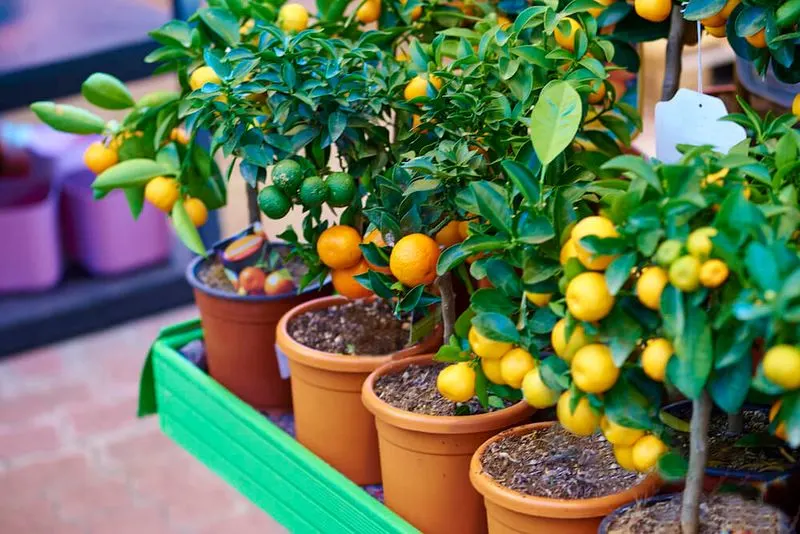
Proper planting techniques establish a strong foundation for your orchard. Dig holes twice as wide but only as deep as the root ball of your trees. This allows roots to spread easily while positioning the tree at the correct depth. Remove any damaged roots before planting. Water the newly planted trees thoroughly to help settle the soil and eliminate air pockets. Mulching around the base retains moisture and suppresses weeds, promoting healthy growth. Following these planting steps ensures your trees have the optimal conditions to establish themselves and thrive in their new environment.
Water Wisely
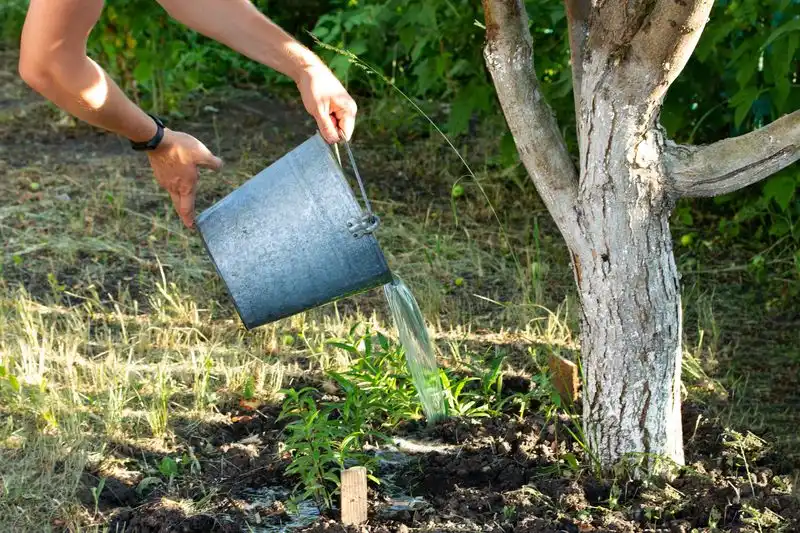
Watering is crucial, especially during the first few years as your trees establish themselves. Aim to keep the soil consistently moist but not waterlogged. Early morning is the best time to water, minimizing evaporation and allowing trees to absorb moisture throughout the day. Consider installing a drip irrigation system for efficiency, especially if you have a larger orchard. Regularly check the soil’s moisture levels, adjusting your watering schedule according to weather conditions and seasonal changes. Proper watering practices are key to fostering strong, resilient fruit trees.
Prune for Health and Productivity

Pruning shapes your trees and encourages healthy growth. Removing dead or diseased branches prevents the spread of pests and diseases. Pruning also improves air circulation and sunlight penetration, vital for fruit development. Start pruning in late winter or early spring before new growth begins. Focus on removing crossing branches and thinning the canopy to maintain structure. Regular pruning increases fruit size and quality, making your orchard more productive. Don’t shy away from this vital task; it’s an investment in the longevity and yield of your trees.
Fertilize Thoughtfully
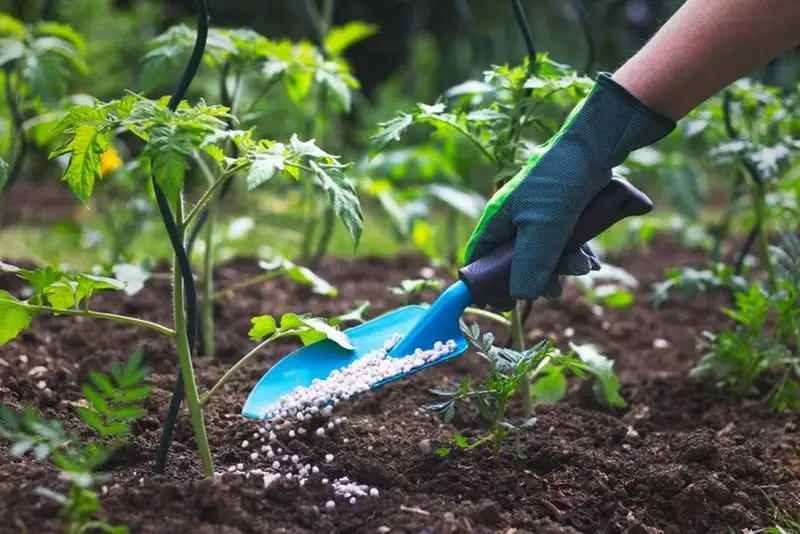
Fertilization provides essential nutrients to support growth and fruiting. Choose a balanced fertilizer designed for fruit trees, applying it during the growing season when plants are most active. Over-fertilizing can harm your trees, so adhere to recommended amounts. Organic options like compost or fish emulsion can be beneficial for those seeking natural solutions. Monitor your trees for signs of nutrient deficiency, such as yellowing leaves, and adjust your fertilization plan accordingly. Thoughtful fertilization ensures robust trees and bountiful harvests.
Protect Against Pests and Diseases
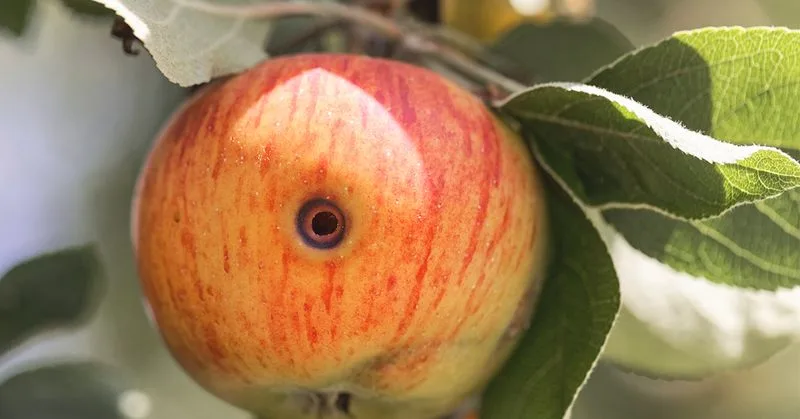
Healthy fruit trees rely on effective pest and disease management. Regularly inspect your trees for signs of trouble, such as discolored leaves or unusual growths. Implement protective measures like insect traps or nets to deter pests. Companion planting with herbs like basil or mint can naturally repel insects. Use organic or chemical treatments as needed, ensuring they are safe for edible plants. Maintaining a clean orchard by removing fallen fruit and debris reduces disease risk. Proactive care keeps your trees thriving and your harvest plentiful.
Harvest and Enjoy
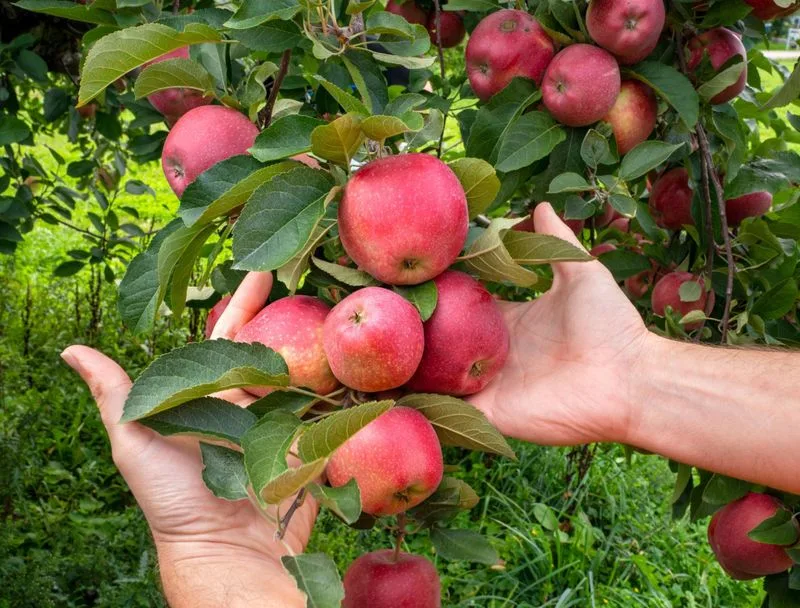
The reward for your efforts is a bountiful harvest. Knowing when to pick is crucial; fruit should be ripe but not overripe. Gently twist or lift fruit to see if it detaches easily. Harvesting in the morning preserves flavor and texture. Enjoy your fresh produce by eating it straight from the tree, or consider preserving through canning or drying for year-round enjoyment. Sharing surplus with neighbors can foster community spirit. Relish the satisfaction of tasting fruit you’ve nurtured from seed to table.
Maintain Your Orchard
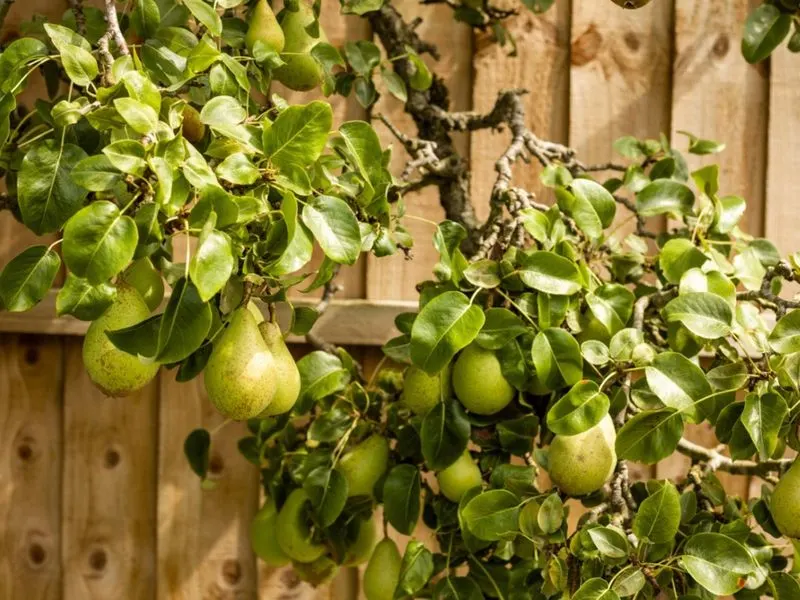
Ongoing maintenance ensures your orchard continues to flourish. Regularly check for signs of stress or disease, addressing issues promptly. Seasonal tasks like mulching, fertilizing, and pruning keep trees healthy and productive. Record keeping helps track which practices work best for your specific orchard. Be prepared to adapt as your trees mature and their needs change. Consistent care not only enhances fruit quality but also extends the life of your orchard. An attentive approach rewards you with thriving trees and abundant harvests year after year.
Plan for Future Growth
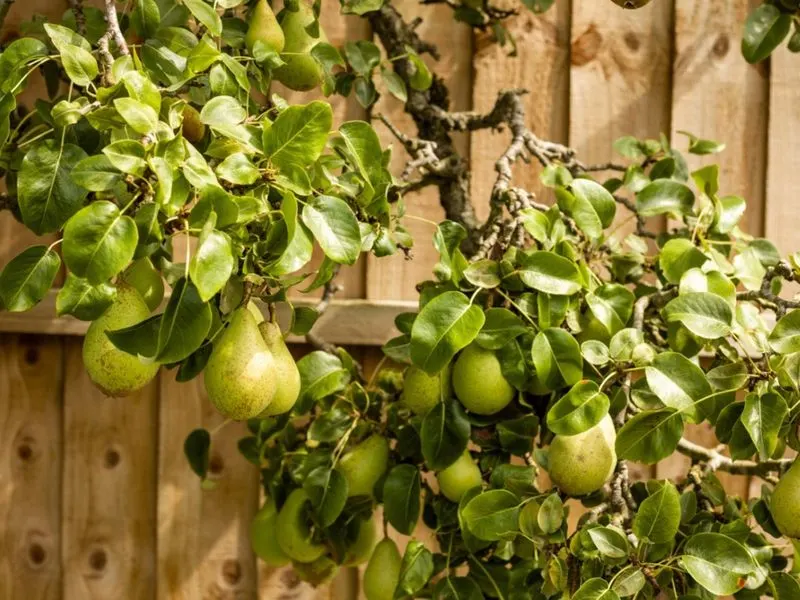
Planning for the future allows your orchard to evolve with your needs. Consider planting additional trees or experimenting with new fruit varieties. Allocate space for potential expansion, ensuring your orchard can grow without overcrowding. Stay informed about new techniques or varieties that could enhance your orchard. Engage with gardening communities for fresh ideas and advice. Embrace change as your orchard matures, adapting to trends and challenges. Future planning ensures your orchard remains a dynamic and rewarding part of your backyard landscape.

